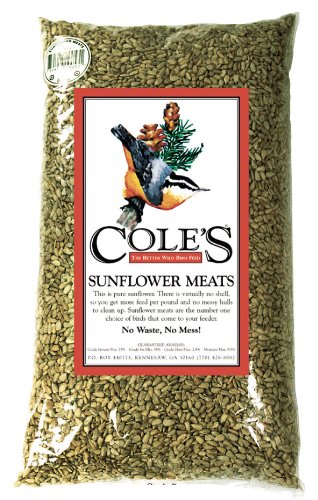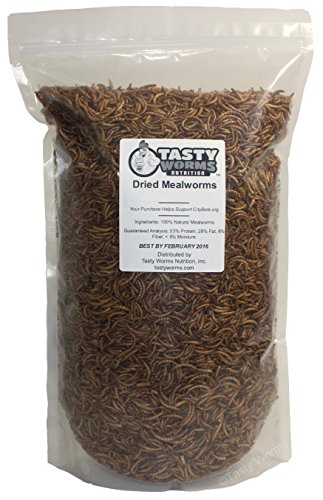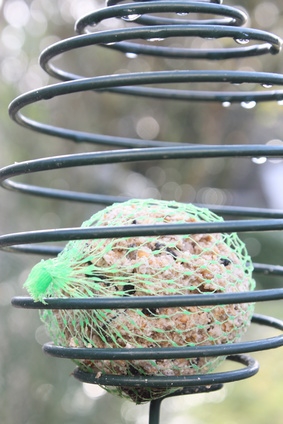
The chicken coops on the market today are all designed to provide the right combination of space to ensure that the birds are happy and healthy. Chicken coops or hen-houses comprise three areas a perch, a nesting area and an outside run.
Perches
At night, hens like to perch as high above the ground as they can, as this gives them a sense of safety from predators. Ideally, perches should be at least one or two feet in the air, with around nine inches of space around them. Perches made from plastic or metal piping are not suitable for chickens, as they cannot grip the perch properly.
In fact, chickens prefer to perch on a flat surface with gently curving edges so their feet are protected as they grip onto the perch. So the perch should be about 2.5 to 4 cm wide, with curved edges. You should be able to remove your perches for cleaning and they should be positioned well away from food or water, as chickens create over 65% of their droppings during the night.
Nesting Areas
Hens will always seek out dark, quiet and secluded places to lay their eggs. By providing suitable nesting boxes within the coop, you can provide your hens with their ideal laying environment and a space where you know their eggs will be clean and protected and easy to find!
Many traditional wooden hen houses have the nesting boxes protruding at the side and access via a top locking lid, so you can open it and collect the eggs with minimal disturbance to the hen-house as a whole. A nest box should be just a little larger than a crouching bird (that is, not one standing at full height), around 12 inches square and about 9 inches high. Giving more height to a nest box is counterproductive, as the hen will try to sleep there, and scratch around, potentially damaging the eggs. They will also foul it more, meaning more work for you!
Nest boxes should be lined with soft dry litter and raised from the ground, but ideally never higher than the perches. Up to three hens will share one nesting box happily, but if you have three hens, two boxes will give them more options.
Runs
If your hens are not to be totally free-range, (sometimes it is not practical in a suburban garden), you should invest in a chicken coop with an integral run. If you are going to keep your chickens in a run for most of the time then as a rule of thumb you should allow around 1 square meter of run space for each bird. The run should also have sufficient height so that your chickens can stretch their wings and flap about, but also ideally offer some refuge from rain and sun without necessarily returning back into the hen-house.
A sensible solution is to have a raised hen-house with access to the area under the house from the integral run. Remember, a run will need to keep hens in and predators out, so it should have good quality heavy-duty wire netting. Hen houses with detachable runs are also easier to move if you wish to rotate the position of your hen-house around the garden during the year.
An alternative is to simply section off an area of your garden around their coop. That way they have their own area to roam anywhere they please. The grass in that area will soon wear thin so many people simply spread bark chippings after a while which can be raked out every couple of months and replenished.
If you do decide to give a designated area over to your chickens then keep in mind that you will need to take steps to ensure foxes or other predators can't access their run by simply climbing over or tunneling under the fence.
 How to Attract European Goldfinches in the Garden
Goldfinches are a real delig
How to Attract European Goldfinches in the Garden
Goldfinches are a real delig
 Attracting Birds to Feeders in Your Backyard
I assumed that it would be e
Attracting Birds to Feeders in Your Backyard
I assumed that it would be e
 How to Make Homemade Bird Food Suet
How to Make Homemade Bird Food Suet
Ho
How to Make Homemade Bird Food Suet
How to Make Homemade Bird Food Suet
Ho
 How to Create a Bird Bath For Little or No Cost
How to Create a Bird Bath For Little or No Cos
How to Create a Bird Bath For Little or No Cost
How to Create a Bird Bath For Little or No Cos
 Transport & Tourism Industry News & Show Updates Kuoni Academy
of your little should carry personal information on them
Transport & Tourism Industry News & Show Updates Kuoni Academy
of your little should carry personal information on them
Copyright © 2005-2016 Pet Information All Rights Reserved
Contact us: www162date@outlook.com